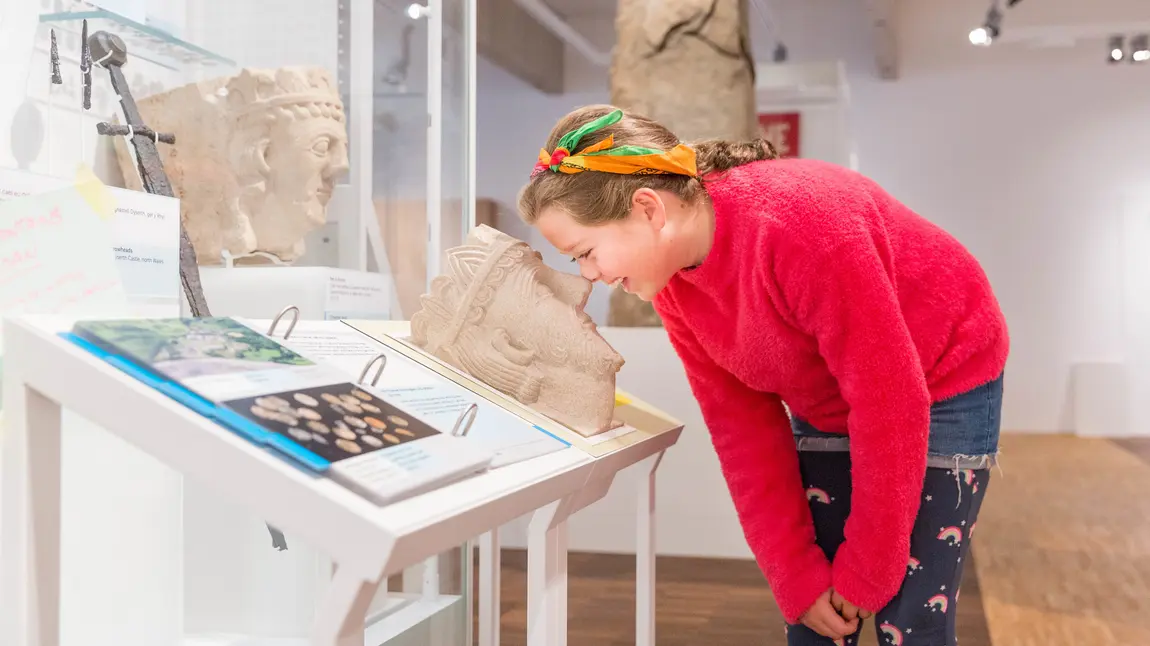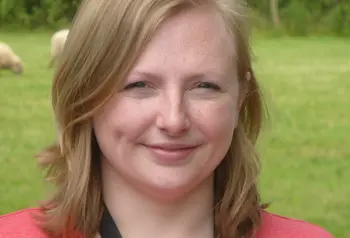Doors reopen at St Fagans after multimillion-pound redevelopment

Thanks to National Lottery players, St Fagans near Cardiff in South Wales has undergone the most significant redevelopment in its history, having received £11.5million. It is the largest grant ever given by The National Lottery Heritage Fund in Wales.
Now, its innovative ‘Making History’ project is finally ready to be unveiled to the public.
St Fagans - one of Europe’s biggest open-air museums - will welcome visitors to a host of new attractions created as part of the exciting work. These include:
- Three brand new galleries showcasing Wales’ history
- A creative workshop in the new Gweithdy building, enabling visitors to get hands-on with history
- The recreation of more important historic buildings from throughout Wales’ past - including Iron Age farmstead, Bryn Eryr, and Medieval Prince’s court, Llys Llywelyn
- A dementia-friendly exhibit created by re-imagining an existing historical building, Oakdale Workmen's Institute
- A completely refurbished main entrance building and other improved visitor facilities, such as a new restaurant, play area and learning spaces
Chair of The National Lottery Heritage Fund, Sir Peter Luff, said: “The redevelopment of St Fagans has been made possible thanks to National Lottery players. In total, those players have raised nearly £400m to support over 2,600 Welsh heritage projects – large and small – but this is the biggest of them.
“The extensive and ambitious Making History project is a fitting tribute to the fantastic work St Fagans has done over the last 70 years. Since it first opened its doors in 1948, it has made Welsh heritage, stories and culture more accessible and engaging for so many people across Wales, the UK and from around the world.
We are proud and delighted to have ensured that National Lottery players have had such an important role in writing St Fagans next chapter.
Sir Peter Luff, Chair of The National Lottery Heritage Fund
“We are proud and delighted to have ensured that National Lottery players have had such an important role in writing its next chapter.”

